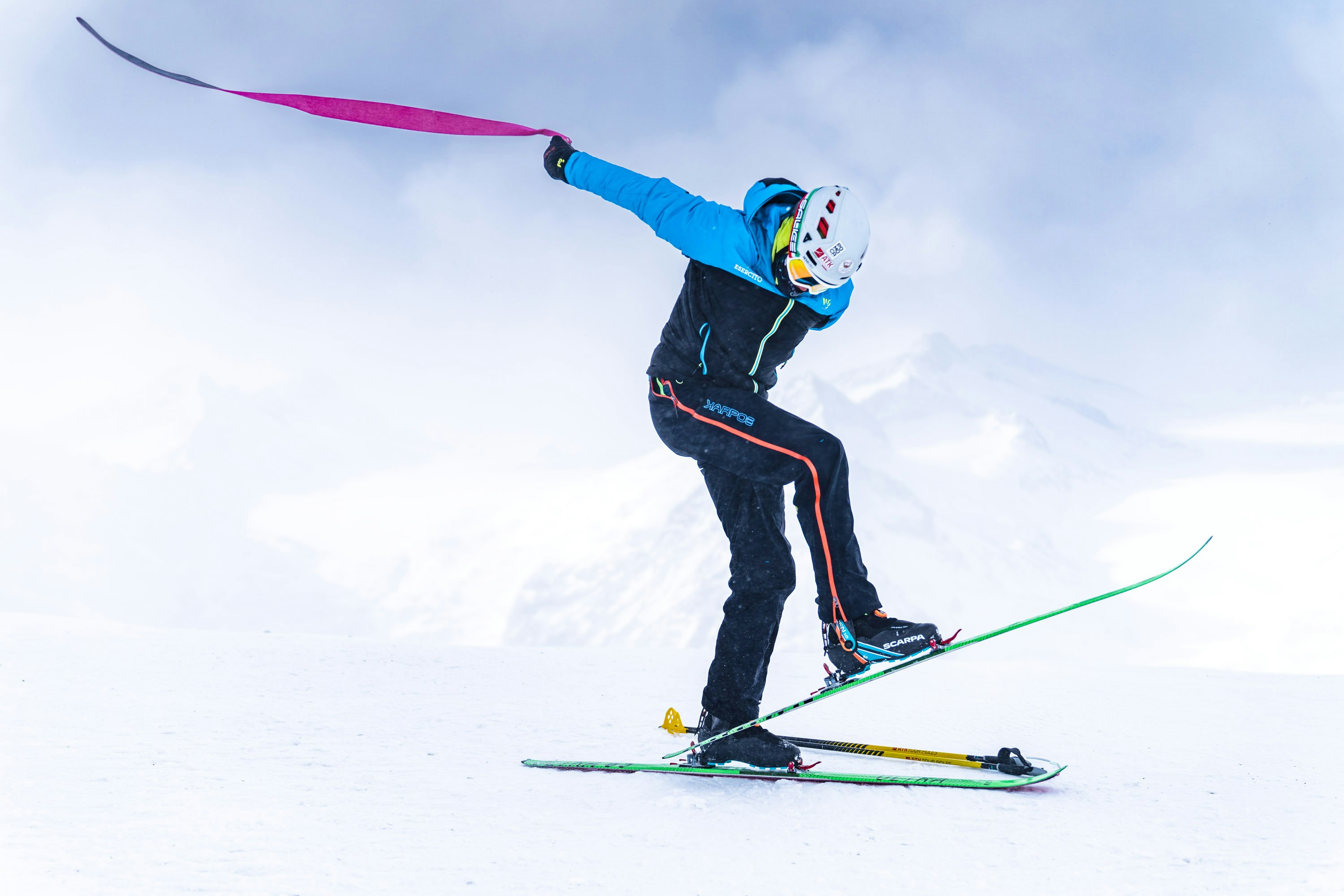How race skis, boots and bindings are changing
Getting ready for the Olympics
- Author: Denis Trento
- Photographer: Matteo Agreiter
Like in many other winter sports, racing in ski mountaineering has come to mean a constant evolution upward in level, with the inevitable consequence of ever smaller numbers of competitors.
With the 2026 Milano-Cortina Winter Olympics, where men’s and women’s sprints and a mixed relay will be medal events for the first time, it was inevitable that the International Ski Mountaineering Federation (ISMF) would direct a large part of its resources towards these events, which are to be held in Bormio, a skimo stronghold.
The upcoming winter season, halfway to the Olympic Games, will be the year in which the number of sprint events (6) overtakes the individual disciplines (4), traditionally the flagship of competitive skimo, in World Cup competition.
But apart from this significant milestone, we can’t help but also notice that the format of individual disciplines is shifting towards races of about an hour, or slightly longer, over increasingly compact areas in order to maximize their value as a spectator sport, whether in person or on TV — a bit like what has been happening with cyclo-cross, which many experts in sports marketing have seen to be a successful formula.
Although there are still stage races and other old-school competitions being organized to keep ski mountaineering alive and well, the trend for the near future seems to be already determined. As a result, it’s fair to expect that all of this will soon have an impact on the materials used in our sport, and not just on how many professional athletes it will support and what those athletes will need to focus on.

Specialization and changing of the guard
Whether it’s due to the constantly falling number of competitive amateurs, or the rapid changes in race format we’ve been seeing in recent seasons, or the high level of development reached by products currently on the market, the fact of the matter is that, after years of major innovation, we seem to now be in a sort of wait-and-see period. We aren’t seeing any major announcements by the leading brands, with the exception of a few minor changes or some restyling of skis and boots that had been released in past seasons.
Today, elite athletes looking to compete in every discipline find themselves having to race with the exact same gear on their feet in situations that range from groomed sprints of just a few minutes and giant slalom descents on packed snow to backcountry races on technical terrain and rocky ridges followed by descents through all types of snow conditions from altitudes above 2,000 meters (6,500 ft). Ski mountaineers who helped guide the development of materials over the years, working closely with leading manufacturers, are athletes who actually raced and were often on the podium in whole range of disciplines, such as Antonioli, Boscacci, Bon Mardion and Lenzi, just to name a few. As has already happened in almost every sport, in skimo, too, we should expect to see a great deal of specialization in disciplines over the next few years.
Given the average age of a large part of the leading figures in World Cup competition, this trend towards specialization will likely be accompanied by a passing of the torch to younger generations, and we may also see a shift in equipment from race to performance in the sprint and mixed-relay disciplines, which are significantly different in intensity, duration and type of terrain from the individual and stage-race disciplines. As we await the next big change in athletes, race formats and equipment, we may still be amazed by the responsiveness, the snow feel, the twitchiness, or the fun we get on a given outing in certain snow conditions from a certain ski or boot that weighs less than the full water bottle in our pack. And it also has to be said that, with every brand having reached the absolute minimum weight possible, the idea of minimizing weight at all costs has largely been abandoned. Nowadays, the primary objective is more about maximizing performance in every possible situation.
Share this article

